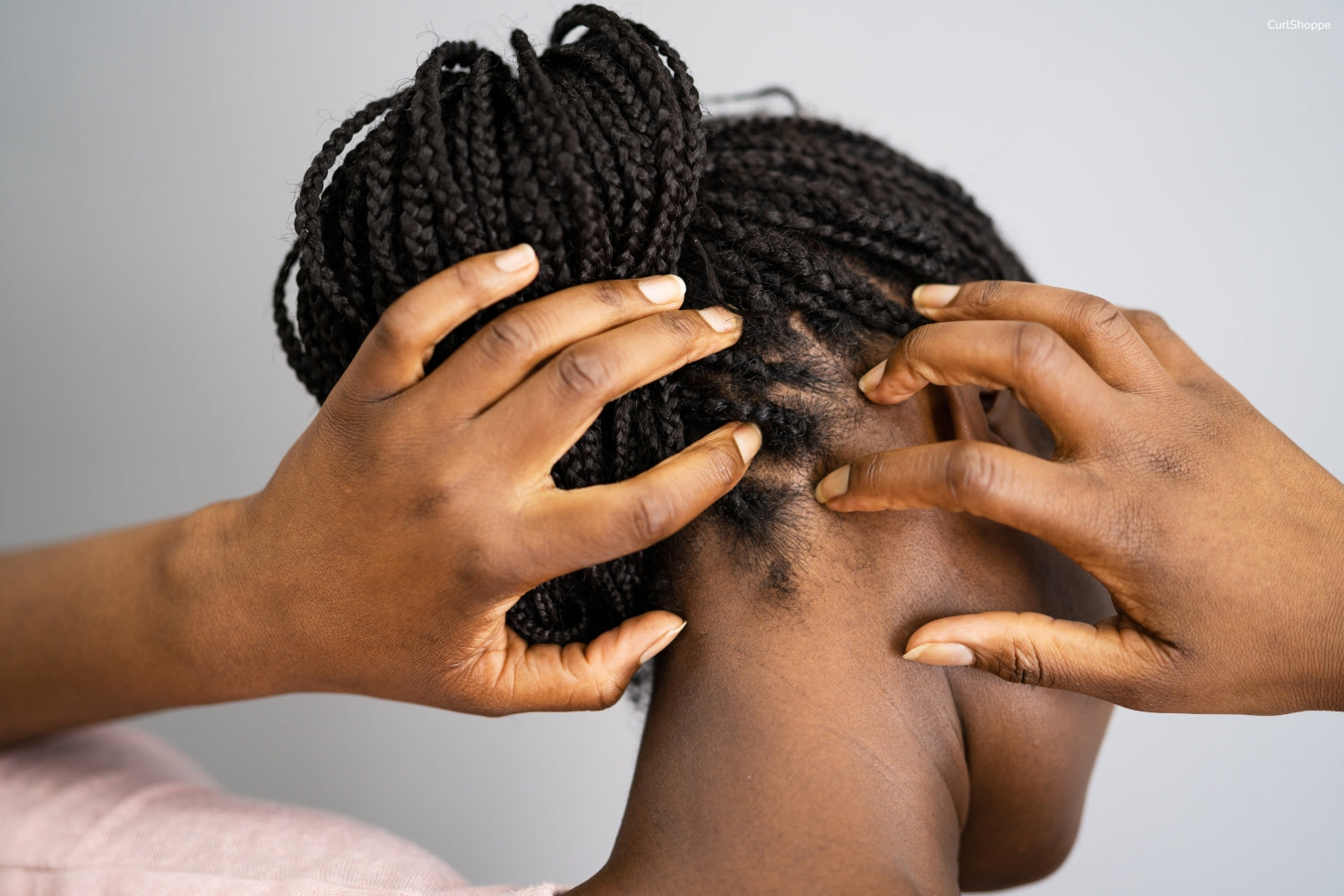
Multiple Curl Patterns
Do you have multiple curl patterns?
Dealing with multiple curl patterns throughout your hair is actually more common than you would think. It can be quite challenging because different curl types often require different levels of moisture, styling products, and care.
Here's the best way to manage your hair if you have multiple curl patterns:
Identify Your Curl Patterns
You may have a mix of curl types (e.g., looser curls in some areas, tighter coils in others). The common curl types are:
- Type 2A-C: Wavy hair to loose curls
- Type 3A-C: Defined curls to coils
- Type 4A-C: Tight, dense coils to kinks
These curl patterns often vary by section of the scalp, such as looser curls at the crown or nape and tighter coils along the hairline or in the middle.
The best way to identify your complete curl types is by understanding the porosity of your hair and the texture of your hair. Remember, it might vary by section and that's totally normal!
Tailor Your Routine by Section
Once you have a better understanding of the different curl types you have, you can figure out the best way to care for each section. You can do this with either your products or with your styling techniques.
- Production Selection: When choosing your products, consider applying different products to different sections of your hair, depending on their curl type. For example, use a lighter leave-in conditioner on looser curls/coils and a heavier cream or butter on tighter coils/kinks. Make sure to consider your porosity levels when choosing products too.
- Hair Styling: When styling your different curl patterns, you can play with shrinking some sections and elongating other sections so that the textures appear to be more similar. Finger coiling can be used to help create more definition and shrinkage vs. raking can help stretch your already more defined areas.
PRO TIP: Twist-outs and braid-outs can be helpful because they allow you to blend different curl types into a more uniform texture.
Final Thoughts
It’s important to understand that your curls will not all behave the same, and that’s perfectly okay! Embracing the natural variation in your curl pattern can make the process of managing it more enjoyable. Working with your curls, instead of trying to make them uniform, can lead to healthier, more defined hair overall.
Disclaimer: The information contained in this article is provided for informational purposes only and is not intended to be used to diagnose or treat any health conditions. Medical advice should always come from your physician or a trained professional.




